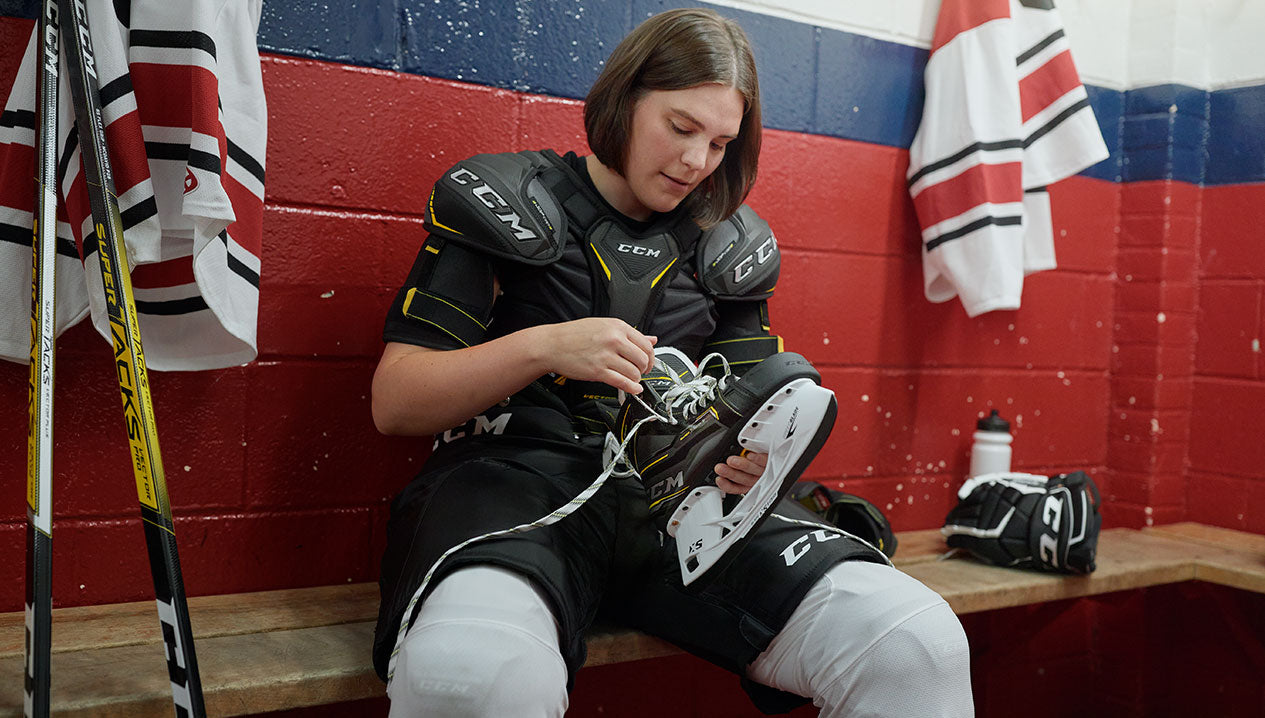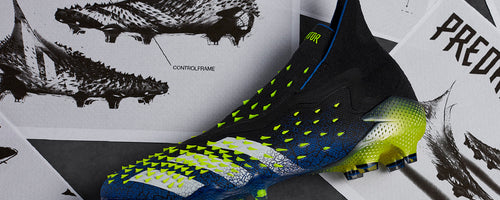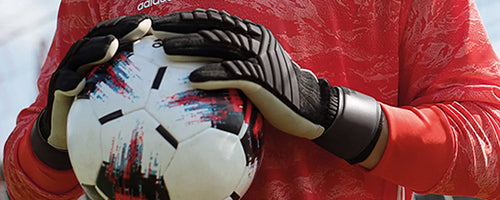How To Choose The Right Soccer Shin Guard

Choosing a shin guard will factor in size, correct fit, type of attachments, the hardness of the shell and is dictated by the level of the player, the position they play and personal preference.
Young players who are new to the game will benefit from shin guards that include ankle protection. Soccer is supposed to be fun, but a couple of misplaced kicks to the ankle by unskilled players will cool a child’s enthusiasm quickly. As well, it is important that the shin guards are easy for a young player to pull on by themselves, and that they fit comfortably
As a child moves up in skill level, a shin guard that is lightweight will help to deliver higher performance. There are several materials available including mouldable layers of fibreglass (OSi), gel and air-cushioning models that enable the shin guard to be light yet provide effective protection. Lightweight does not mean light duty – it is extremely important that the shell is hard to protect the leg from kicks it is important to choose padding that does not absorb water or sweat, as it would become heavy and hinder running and cause the player to exert more energy. Ankle guards may be attached or detachable and offer Achilles tendon and forefoot padding on some models. Other models do not include ankle protectors at all, but these can be purchased separately. Compression sleeves are elastic tubes used to secure the guard to the leg and have the added benefit of improving blood circulation to the muscles, thereby reducing lactic acid build-up that could lead to cramps and fatigue. Ventilation openings aid in cooling the skin for increased comfort.
No matter whether the player is a beginner or elite, the fit is important. It should conform to the shape of the leg and have good contact with the skin surface. The proper length covers the front of the leg from 2 or 3 inches above the foot to the top of the
For expert advice on soccer gear and equipment that is right for your game, level of play, and budget, come see us at your local Source for Sports soccer store near you. We Fit Your Game.
Join Source Nation to get the latest news on product launches, Source Exclusive product lines, tips and tricks for parents and players, and more!



